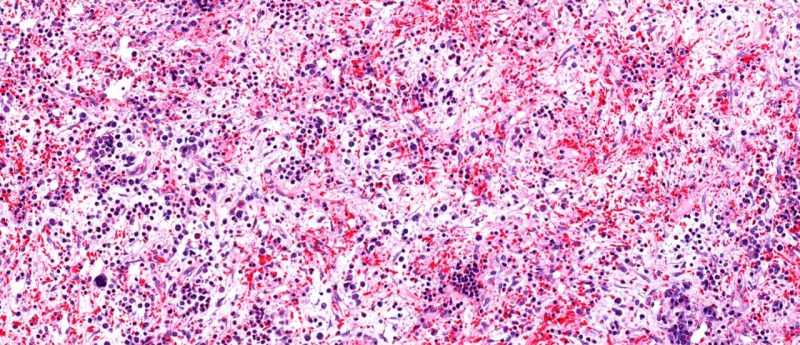Could immunomodulatory ceramic scaffolds bridge the gap to bone regeneration?

In order to elucidate the role of inflammation in bone repair, researchers from Drexel University (Philadelphia, PA, USA) have investigated the phenotypic changes to macrophages during ceramic scaffold-mediated regeneration.
Researchers led by Kara Spiller (Drexel University, Philadelphia, PA, USA) have demonstrated that the inflammatory response to ceramic scaffolds promotes bone regeneration in vitro, and that certain biomaterials can affect macrophages differently to generate a more effective healing response.
Critical-size bone defects, often caused by tumor removal and traumatic injuries, do not possess the ability to self-repair and therefore require scaffolds to guide the growth of new tissue. While new ceramic scaffolds designed by collaborators at the University of Sydney (Sydney, Australia) promoted bone regeneration in animals, the cause of this success was previously unclear. However, the team at Drexel University postulated that the favorable outcomes could be attributed to macrophages, the primary cells of the inflammatory response.
In this study, macrophages were seeded on to three types of scaffold in vitro — baghdadite (Ca3ZrSi2O9) and strontium—hardystonite—gahnite (Sr—Ca2ZnSi2O7—ZnAl2O4), from the University of Sydney; and the standard clinical biomaterial, tricalcium phosphate—hydroxyapatite (TCP—HA). Gene expression and protein secretion analysis was performed to evaluate the interactions between macrophages and the scaffold membrane.
The researchers discovered that these ceramic scaffolds differentially regulated macrophage phenotype. More specifically, they demonstrated that direct cell—scaffold interactions induced a shift in levels of pro-inflammatory M1, anti-inflammatory M2a and pro-remodeling M2c macrophage phenotype markers in the new scaffolds.
“The macrophages degrade the scaffolds and shape them into something new,” Spiller explained. “And that’s the Holy Grail of tissue engineering – that you make a scaffold that replaces itself with healthy tissue.”
The team next aim to study the precise property of these ceramic scaffolds that promote this macrophage behavior and subsequent bone regeneration. It is believed that elucidating the cause of this scaffold success will facilitate the design of immunomodulatory biomaterials for bone repair and novel drug delivery strategies.
— Written by Adam Price-Evans
Sources: Graney PL, Roohani-Esfahani SI, Zreiqat H et al. In vitro response of macrophages to ceramic scaffolds used for bone regeneration. J. R. Soc. Interface doi:10.1098/rsif.2016.0346 (2016) (Epub ahead of print); http://rsif.royalsocietypublishing.org/content/13/120/20160346; http://drexel.edu/now/archive/2016/July/Macrophages-Regenerate-Tissue/